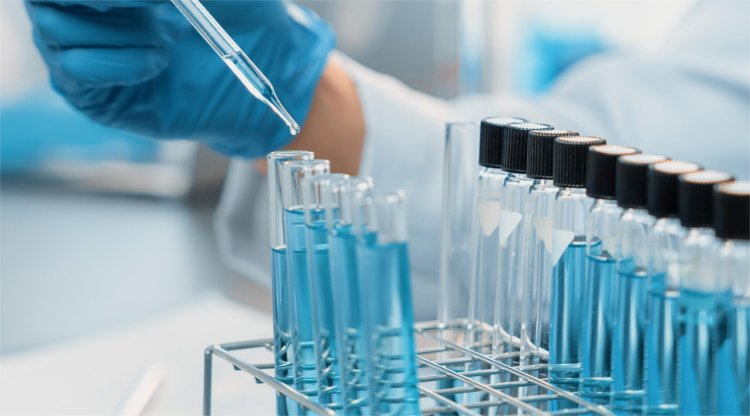Crucial Role of ADC Payloads in the Manufacturing of Antibody-Drug Conjugates
The efficacy of ADCs hinges on a delicate interplay between various components, with the payload playing a crucial role in determining the therapeutic potential of these complex molecules.
Share this Post to earn Money ( Upto ₹100 per 1000 Views )

Antibody-drug conjugates (ADCs) have emerged as a promising class of targeted therapeutics in the field of oncology. These molecules combine the specificity of monoclonal antibodies with the cytotoxic potency of small molecule drugs, thereby enabling precise delivery of potent anticancer agents to tumor cells while minimizing harm to healthy tissues.
ADC payloads, also known as cytotoxic or chemotherapeutic agents, are the active drug molecules that are conjugated to the antibody component of an ADC. These payloads are designed to induce cell death within targeted cancer cells, thereby achieving the desired therapeutic effect. The selection of an appropriate payload is a critical consideration in ADC manufacturing, as it directly impacts the potency, specificity, and stability of the final therapeutic product.
The choice of ADC payload is influenced by several factors, including the mechanism of action of the cytotoxic agent, its potency against the target cancer cells, and its compatibility with the conjugation chemistry used to attach it to the antibody. Some commonly used payloads in ADC manufacturing include microtubule inhibitors (such as maytansinoids and auristatins), DNA-damaging agents (such as calicheamicins and duocarmycins), and other cytotoxic molecules with diverse mechanisms of action.
Once the payload is selected, it is conjugated to the antibody component of the ADC through a linker molecule that ensures stable attachment and efficient release of the cytotoxic agent inside target cells. The linker plays a crucial role in controlling the release of the payload, as premature release in the bloodstream can lead to systemic toxicity, while inefficient release within the tumor cells may compromise the therapeutic efficacy of the ADC.
In addition to controlling the release of the payload, the linker also plays a role in determining the stability of the ADC molecule in circulation. ADCs with stable linkers exhibit prolonged half-lives in the bloodstream, allowing for better tumor penetration and increased exposure to cancer cells. However, overly stable linkers can hinder the release of the payload within the target cells, leading to reduced efficacy.
The manufacturing of ADC payloads involves intricate chemical synthesis and purification processes to ensure the production of high-quality, potent cytotoxic agents for conjugation to antibodies. Quality control measures are crucial to guarantee the purity, potency, and stability of the payload, as any impurities or degradation products can compromise the safety and efficacy of the final ADC product.
In conclusion, ADC payloads play a pivotal role in the development and manufacturing of antibody-drug conjugates, serving as the active agents that mediate the therapeutic effect of these complex molecules. The selection of an appropriate payload, coupled with an optimal linker chemistry, is essential for achieving the desired balance between potency, specificity, and stability in ADCs. As research in this field continues to advance, the discovery of novel payloads and linker technologies holds great promise for improving the efficacy and safety of ADC therapies in the fight against cancer.

 beckydavis
beckydavis 





